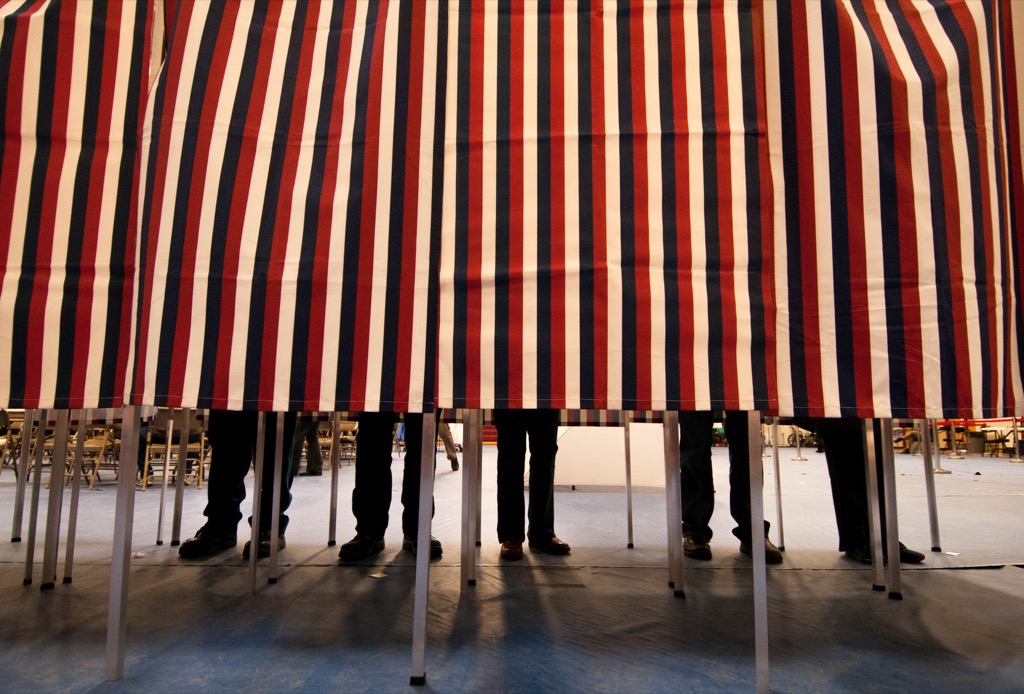In a recently updated set of guidelines, the CDC is recommending that voters consider alternatives to casting their ballots in person during the upcoming elections. The context of the new guidelines is, of course, managing the spread of the coronavirus, which is currently spiking in a number of states, particularly those that reopened earlier than others. The CDC guidelines offer a reminder that when you interact with others and the longer that interaction is, you increase your risk of contracting or transmitting COVID-19. “Elections with only in-person voting on a single day are higher risk for COVID-19 spread because there will be larger crowds and longer wait time,” the CDC says. The advisory then notes that safer and lower risk election polling settings include those with “a wide variety of voting options, longer voting periods (more days and/or more hours), and any other feasible options for reducing the number of voters who congregate indoors in polling locations at the same time.” Though the guidelines stop short of advocating for mail-in voting, the CDC does provide information for those handling mail-in ballots, including practicing hand hygiene frequently and holding ballots for three hours to reduce the risk of transmission from contaminated surfaces.ae0fcc31ae342fd3a1346ebb1f342fcb President Donald Trump, who is seeking reelection for a second term, has repeatedly warned against the perils of voter fraud that come with mail-in ballots. “MAIL-IN VOTING WILL LEAD TO MASSIVE FRAUD AND ABUSE. IT WILL ALSO LEAD TO THE END OF OUR GREAT REPUBLICAN PARTY,” Trump tweeted in May. RELATED: For more up-to-date information, sign up for our daily newsletter. But there is scant evidence of any election corrupted by mail-in ballots, which have been used effectively for elected officials and military personnel for decades. According to Reuters, nearly one in four voters used mail-in ballots in the 2016 presidential election that led Trump to victory. Reuters also pointed to a Stanford University study from April that found that voting participation increased by roughly 2 percentage points on average in the states that rolled out universal voting by mail from 1996 to 2018. “Vote-by-mail offers voters considerable convenience, increases turnout rates modestly, but has no discernible effect on party vote shares or the partisan share of the electorate,” the study concluded. And for more risky behaviors amid the pandemic, check out Most COVID-19 Patients Did This One Thing Before Getting Sick, Study Finds.
